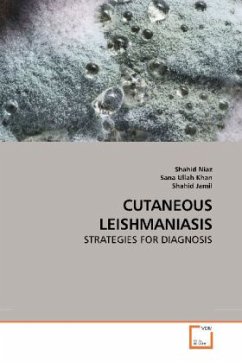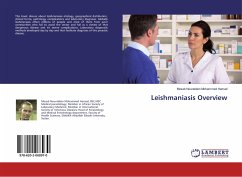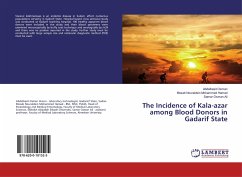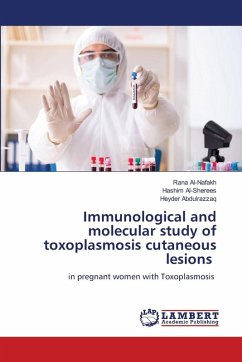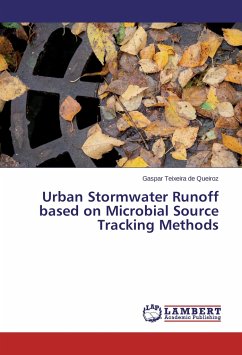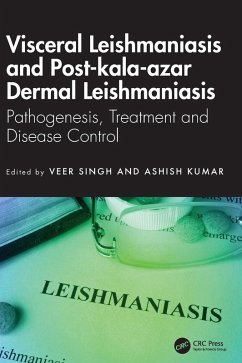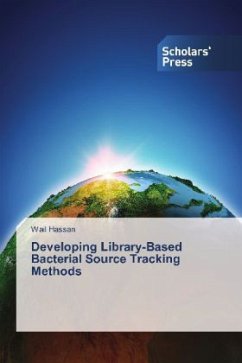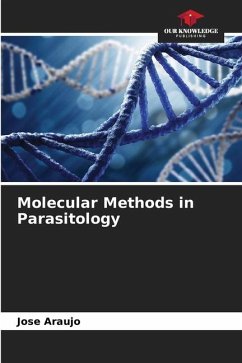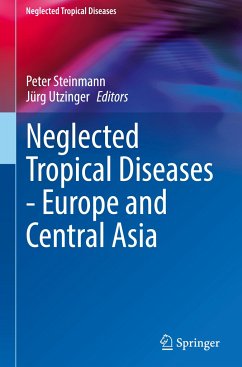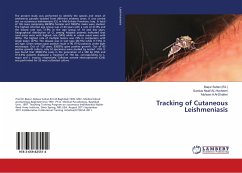
Tracking of Cutaneous Leishmeniasis
Versandkostenfrei!
Versandfertig in 6-10 Tagen
43,99 €
inkl. MwSt.

PAYBACK Punkte
22 °P sammeln!
The present study was performed to identify the species and strain of Leishmenia parasite isolated from different endemic areas. It was carried out on cutaneous leishmeniasis (CL) in Mid-Eufrate Provinces, Iraq. A total of 126 cases comprising 48(38%) females and 78(62%) males were studied. The highest infected age group was 21-30 years with a rate of 27.8% and the lowest rate was 11.9% at the age group of 10 and less years. Geographical distribution of CL among hospital patients indicated that rural areas were with highest rate (54%) while in urban areas were with (46%). The highest rate of m...
The present study was performed to identify the species and strain of Leishmenia parasite isolated from different endemic areas. It was carried out on cutaneous leishmeniasis (CL) in Mid-Eufrate Provinces, Iraq. A total of 126 cases comprising 48(38%) females and 78(62%) males were studied. The highest infected age group was 21-30 years with a rate of 27.8% and the lowest rate was 11.9% at the age group of 10 and less years. Geographical distribution of CL among hospital patients indicated that rural areas were with highest rate (54%) while in urban areas were with (46%). The highest rate of multiple lesions was 73% in comparison with single lesion (27%). The disease was in wet type (82.5%) while (17.5%) in dry type. Direct smears gave positive result in 90 (71%) patients under light microscope. Out of 126 cases, 83(65%) gave positive growth. Out of 83 postive growth culture, only 52 specimens were studied by nested - PCR. It was found that 45(86.5%) cases in the generation of a 560 bp DNA and 7(13.4%) patients displayed a fragment of 750 bp, corresponding to L. major and L. tropica, respectively. Cellulose acetate electrophoresis (CAE) was performed for 20 mass cultivated culture.



